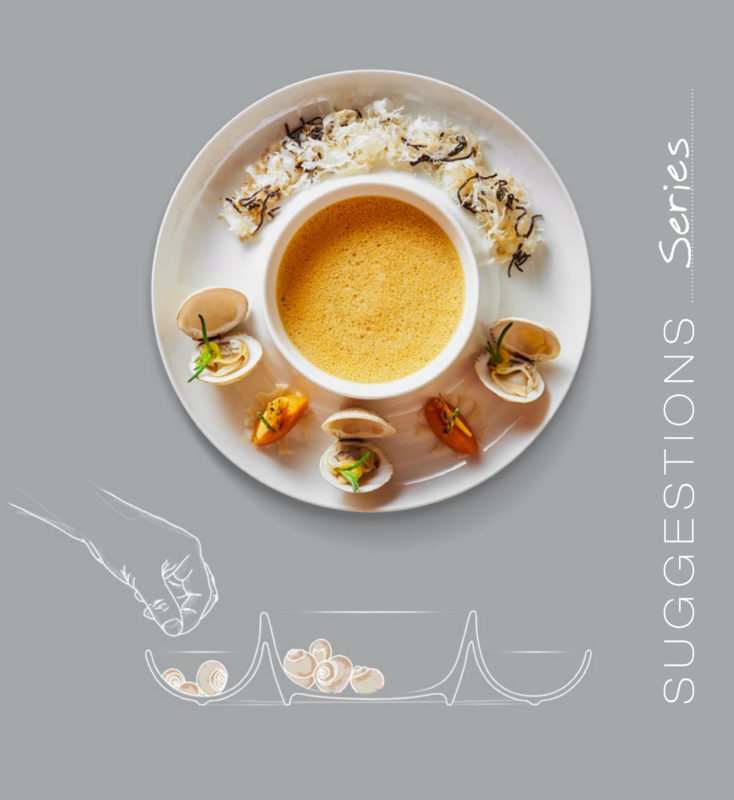In his latest commentary, the National Restaurant Association’s chief economist Bruce Grindy looks back at the performance of key indicators during the first quarter of 2012. Bolstered by an improving economic environment, restaurant sales and staffing levels registered solid gains in the first quarter. In addition, restaurant operators remain optimistic about growth in the coming months, despite challenges on the cost side of the business.
The first quarter represented a positive start to the year for the restaurant industry. On the demand side, restaurant sales continued to trend upward in the first quarter, as consumers largely shrugged off rising gas prices and unleashed some of their pent-up demand for food away from home. Although food costs remain elevated and rising gas prices are a threat to the recovery, restaurant operators are generally optimistic that business conditions will improve in the months ahead.
Here is a look back at the trends in key indicators during the first quarter of 2012.
Economy is improving. With U.S. gross domestic product (GDP) growth likely in the 2.5-to-3 percent range in the first quarter, private sector employers beefed up their payrolls. The national economy added a net 635,000 jobs in the first quarter, up from 492,000 in the fourth quarter and the strongest quarterly gain in six years.
Sales are growing. Buoyed by the improving jobs picture, restaurant sales continued to trend steadily upward in the first quarter, according to figures from the U.S. Census Bureau. Eating and drinking place sales totaled a record $129.4 billion in the first quarter on a seasonally-adjusted basis, up 2.1 percent from the fourth quarter’s seasonally-adjusted sales volume of $126.8 billion. March 2012 also represented the 11th consecutive month in which restaurant sales hit a new record high.
Restaurants are staffing up. Along with steady sales growth, restaurants added more than 100,000 jobs in two consecutive quarters for the first time on record. Eating and drinking places – the primary component of the restaurant industry which accounts for roughly three-fourths of the total restaurant and foodservice workforce – added a net 103,100 jobs in the first quarter, which followed a gain of 101,400 jobs in the fourth quarter. Since the employment recovery began in March 2010, eating and drinking places have added 562,600 jobs, with current industry staffing levels standing more than 180,000 jobs above the pre-recession peak.
Food prices remain elevated. Although average wholesale food prices declined slightly in the first quarter – down 0.6 percent from their strong fourth quarter level – they still remain extremely elevated. The first quarter decline came on the heels of an eight percent annual increase in 2011 – the largest gain in more than three decades – and an overall gain of more than 26 percent in the last five years.
Menu price growth picking up. Menu prices rose 3.0 percent between the first quarters of 2011 and 2012, their strongest four-quarter gain in nearly three years and slightly above the 2.8 percent gain in overall consumer prices. Quickservice menu prices (3.2 percent) posted somewhat stronger growth than the fullservice segment (2.9 percent) during the four-quarter period. If the current pace continues through the rest of 2012, it would represent the strongest annual menu price gain since 2009, when prices rose 3.5 percent.
Operators remain optimistic. Each month during the first quarter, a majority of restaurant operators said they expect their sales to be higher in the months ahead, according to the National Restaurant Association’s monthly tracking survey. In March, 53 percent of restaurant operators said they expected to have higher sales in six months, while only nine percent expected their sales volume to decline in six months (both compared to the same period in the previous year).
Quarterly Change in Eating and Drinking Place Employment
Source: Bureau of Labor Statistics; Figures are seasonally-adjusted
Source: Bureau of Labor Statistics; Figures are seasonally-adjusted








